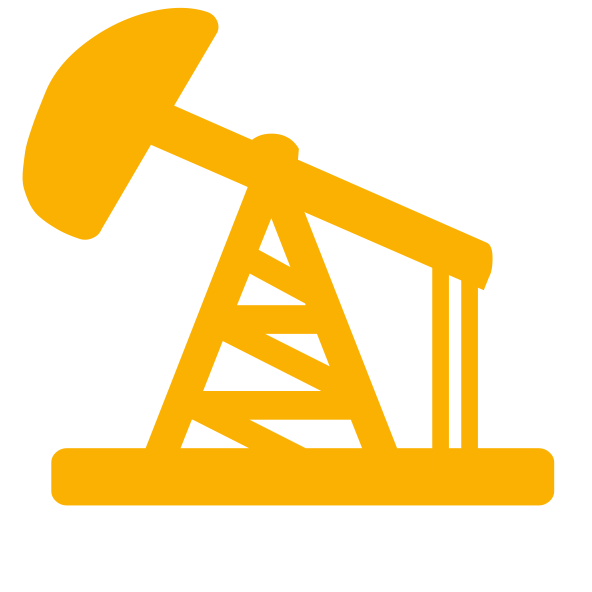 Leveraging artificial intelligence, technology and visualization to mitigate the negative impact of critical events on your people, assets and operations.
Leveraging artificial intelligence, technology and visualization to mitigate the negative impact of critical events on your people, assets and operations.
Accurate and speedy incident management processes and systems are critical. They are the line that’s drawn between saved lives, systems and businesses. And they are the last line that defends against unexpected events that can seriously impact your business, reputation, and finances. They are also evolving – technologies such as artificial intelligence, connectivity, automation and data analysis are opening up emergency management systems to increased speed, ubiquity and scale. This is incredibly important, as research has found that insufficient speed and poor emergency management are the biggest shortcomings that face many organizations.
Today, companies can invest in solutions that allow them full visibility and access to interactive data across the entire business chain, and that gives them the control they need to mitigate disaster. Here are five steps, wrapped in tech, that can help your business revolutionize how it approaches emergency management.
Step 01: Prevention
The best incident is no incident at all. While some disasters occur outside of the organization’s control, there are those that can be prevented with simple maintenance and a robust system built on actionable insights. It’s worth investing in a system that provides single pane of glass visibility into all aspects of the business – a single resource for all internal and external teams that includes a centralized control center. This goes a long way towards preventing information gaps and minimizing the risk of conflicting information by allowing for seamless access to the data from a central space.
This level of insight will not only prevent misunderstandings or unnecessary delays to maintenance but will ensure that an error or a problem will be caught before it can escalate out of control. Prevention relies on predictive maintenance that uses artificial intelligence (AI), data analysis and vigilant reporting to catch errors before they occur. If you can implement a real-time, multi-level, visual and data-driven system then you are shining a light into every corner of the business.
Step 02: Mitigation and Early Detection
In its report ‘The future of Emergency Operation Centers’, McKinsey highlights the importance of targeting early warning systems as ‘early detection gives confidence in deciding to escalate to emergency operations’. This means that the right people are in the right position when it comes to mitigating a crisis as they will know which processes to follow. Early detection is as much about investing in smart systems that can alert teams on time as it is about having practiced protocols and optimized processes that guide people in the event of an emergency.
The ability to detect a problem and resolve it at speed ultimately rests on human shoulders. If people know how to respond, then they will tick all the right boxes as they move into gear. They’ll let the right people know and kickstart emergency protocols rapidly which can fundamentally change the nature and impact of an event.
In addition, using AI and advanced technologies, your systems are capable of gathering unprecedented levels of real-time operational data that can be used to identify risk patterns and generate actionable intelligence. This very relevant and tasty data can be used to develop safety routines and early detection protocols in line with the business, thereby mitigating industrial accidents and improving response times.
Step 03: Preparedness
While having all the data is brilliant when it comes to setting up systems and gaining visibility, they are only two parts of the preparedness triangle. The final corner is building a platform that supports people in meeting protocols in the event of an emergency. With an agile and adept platform in place, teams are empowered to make accurate and timely decisions because they have full visibility into the data within the business across multiple levels, at any time, and from anywhere.
This type of platform then allows for users to provide relevant reports, videos, photos and location data, along with the information from other integrated systems and data points, and the system will collate this to provide a full picture of the incident and the next step requirements. And, with features such as one-click escalation, and detailed process optimization, the workforce is empowered to make accurate decisions. Preparedness can be further enhanced by using different operational modes – drill or emergency – to constantly provide teams with training that gives them the tools they need to respond proactively, and intelligently.
Step 04: Response
In the event of an incident, teams need the right information, zero misunderstandings, clear operational guidelines, and complete control. This means that they want to ensure that there are immediate status updates to the relevant internal and external response teams, that they have access to as much information about the incident as possible, and that they know who they should immediately contact to resolve the incident – HR, media relations, emergency services, fire department and more. If teams have access to a single resource for all information, they can move quickly, and if they can communicate clearly with workers and teams, then they can resolve the incident at speed.
Step 05: Recovery
Finally, every one of these threads comes together to create a picture of the incident, the response times, and the impact. If you have access to ongoing information through your systems, then you will be able to use automated detailed summary reports to investigate the event and make further important decisions around its resolution and recovery. You can then reallocate staff appropriately and ensure that the teams are provided with the right support and care from the right services during, and after, the event.
The GOARC difference
The GOARC Safety 4.0 platform makes emergency management easy with a real-time, fully connected, single source of truth dashboard that ensures direct communication and no wasted time. Fast, efficient and capable emergency response and recovery alongside proactive and predictive insights into the business and systems. Using the AI to analyze systems on a preventative basis; the Connected Worker to integrate information and ensure ongoing safety and communication; the command center; and real-time intelligence capabilities, the GOARC Emergency Management Module is comprehensively integrated throughout the business and the GOARC Safety 4.0 ecosystem to ensure proper incident notification across the internal chain of command.
Critical Event Management is an important enabler for an organization’s overall risk management strategy, and companies have a clear opportunity and requirement to shore up their capabilities to prepare to respond to today’s events and tomorrow’s threats.


 Leveraging artificial intelligence, technology and visualization to mitigate the negative impact of critical events on your people, assets and operations.
Leveraging artificial intelligence, technology and visualization to mitigate the negative impact of critical events on your people, assets and operations.







